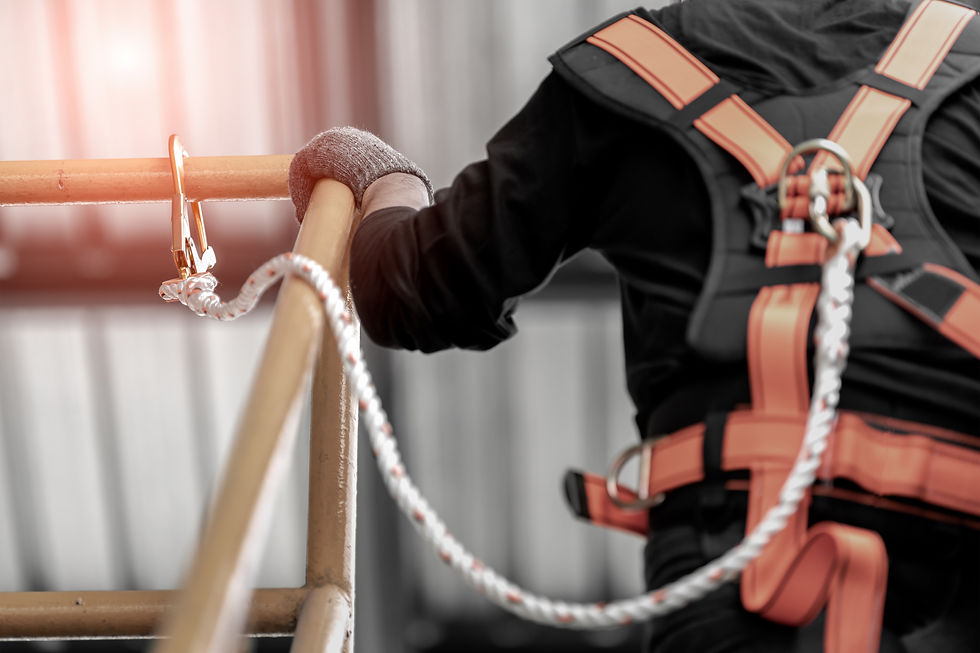Do You Really Know Your Safety Culture?
- Leverage Safety
- Mar 24, 2024
- 2 min read
Updated: Nov 8, 2024

In the complex landscape of organizational culture, understanding and shaping the safety aspect is crucial and challenging. The term 'safety culture' may be debated, but its existence within every company – whether great, good, or bad – is undeniable. This concept is a critical focus area for improvement and is deeply embedded in the decision-making fabric of any organization.
The Concept of Safety Culture
Some argue that treating safety culture as a standalone concept is erroneous, as it implies safety is separate from operational culture. However, this perspective overlooks the reality in many companies where safety is often seen as an additional responsibility rather than an integral part of the operational ethos. It's essential to assess whether safety is perceived as a shared responsibility or just another task.
Assessing Safety as a Cultural Artifact
Culture is essentially what's common within a group, including beliefs, behaviors, and practices. Regarding safety, this translates to commonly held beliefs, observable behaviors, and stories circulating among employees. Understanding your gaps and the areas for improvement is crucial.
Influences of New Hires and Contractors
Each new hire or contractor brings their own beliefs about safety into the organization. These beliefs can either positively or negatively influence the existing culture. It’s vital to understand, correct, or align these beliefs before they impact others in the workplace.
The Challenge of Improving Safety Culture
Many organizations struggle with improving safety performance and culture due to a lack of understanding of the current beliefs, decisions, behaviors, and storytelling within their ranks. This is akin to trying to win a battle or grow a business without understanding the capabilities and competencies of your personnel and resources.
Defining Success in Safety Improvement
Effective planning for safety improvement requires a clear understanding of the desired outcome. This involves executives, not just safety officers, defining what successful safety looks like and how it aligns with business goals.
The First Step: Defining Desired Future State
Before assessing the current state of safety culture, organizations must first define their desired future state in both business and safety terms. Only then can gaps be correctly identified, distinguishing between what needs improvement and what may be a competitive advantage.
Strategic Prioritization and Leadership
Improving a safety culture requires strategic thinking. Organizations must prioritize which gaps to address immediately and which to defer. This process involves making tough decisions about resource allocation and aligning safety goals with broader business objectives.
The Role of Leadership in Shaping Culture
Leaders are pivotal in defining and understanding the current and desired safety culture. Simply knowing the starting point is insufficient without a clear vision of where the culture needs to go. Leaders must articulate what employees should know, believe, do and the stories they should share to reinforce these priorities.
In conclusion, navigating and improving safety culture in an organization is a multifaceted challenge that requires a thorough understanding of current beliefs and behaviors, a clear definition of desired outcomes, and strategic leadership. A company can effectively improve its safety culture by addressing these aspects, aligning it with its broader business goals.



